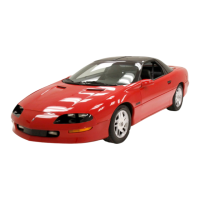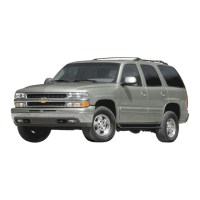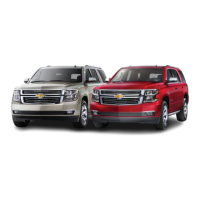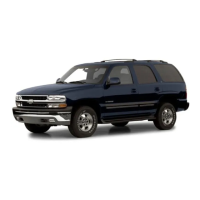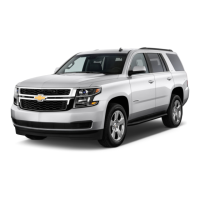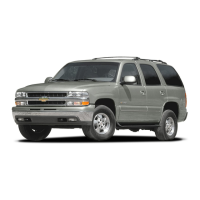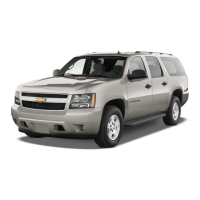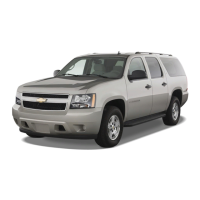Y
Dppse, after stalling,
I
try to back down the
kill
PRd decide
I
just can’t do it. What should
I
d@7
A
!!kt
€he
parking brake, put your transmission in
PARK
(P)
and
turn
off the engine. Leave the
V@kk
and go get some help. Exit
on
the uphill
.ri&
gild stay clear of the path the vehicle would
tf
it
rolled downhill. Do not shift the transfer
*n
NEUTRAL
(N)
when you leave the vehicle.
‘t
in
some gear.
$1
3
the transfer case to NEUTRAL
(N)
BBH
CiWslj@
your vehicle to roll even if the
fFtW8ftlj58ion is
in
PARK
(P).
This is because the
NEuTuL
(N)
position on the transfer case
@V@PfkkS
the transmission.
If
you are going to
hVf3
pi4r
vehicle, set the parking brake and
hi!
transmission to PARK (P). But do not
§hi##
€hi!
transfer case to the NEUTRAL
(N)
pl
iOR8
Leave the transfer case in the
2
Wheel,
4
1
ah
01:
4
LOW
position.
Driving
Downhill
When off-roading takes you downhill, you’ll want to
consider a number
of
things:
How steep
is
the downhill? Will
I
be able
to
maintain
vehicle control?
0
What’s the surface like? Smooth? Rough? Slippery?
Hard-packed dirt? Gravel?
Are there hidden surface obstacles? Ruts? Logs?
Boulders?
What’s at the bottom
of
the hill?
Is
there a hidden
creek bank or even
a
river bottom with large rocks?
If you decide you can
go
down a hill safely, then try to
keep your vehicle headed straight down, and use a low
gear. This way, engine drag can help your brakes and
they won’t have to do all the work. Descend slowly,
keeping your vehicle under control at all times.
A
CAUTION:
Heavy braking when going down
a
hill
can cause
your brakes to overheat and fade.
This
could cause
loss of control and a serious accident. Apply the
brakes lightly when descending
a
hill and use a low
gear
to
keep vehicle speed under control.
-
4-21

